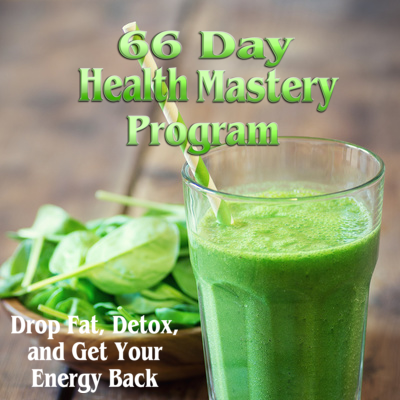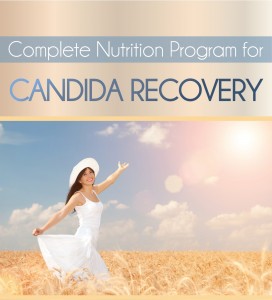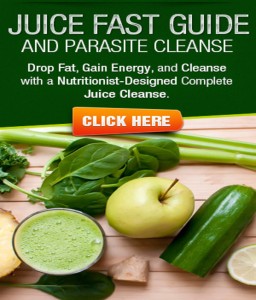High Raw, Low Fat, Plant Based. That’s the ticket to true and lasting health. With fat, you need to look at your overall percentage – in other words, how much of your caloric intake is coming from fat? So in a 2000 calorie day, which should be your bare minimum (anything below 2000 is considered by the World Health Organization to constitute starvation for an adult woman), anywhere between 200 and 300 of your calories should come from fat. That’s not a lot.
A lot of people get confused with fat grams, calories, and percentages so let’s take a closer look. In one ounce of walnuts, there are 185 calories. But not all of those calories are from fat, because walnuts also contain carbohydrates and protein. However, they are primarily a fat based food. There are about 18 grams of fat in a one ounce serving of walnuts. Fat is 9 calories per gram, which means that (18 x 9) approximately 162 calories in that one ounce serving are from fat. So when you are getting used to keeping your dietary fat intake low, it’s helpful to get a clear picture of how much fat you are actually consuming.
Often in examining client food diaries, a client will say “I don’t eat a lot of fat, I really eat healthy I don’t understand why I am not losing any weight”. Here is an example of such a food diary: 1 tbsp of almond butter in a smoothie at breakfast, then a handful of walnuts nuts as a snack. A lunch salad included half of an avocado and about one ounce of sunflower seeds but a no oil dressing. Dinner included some veggies sauteed in about a tablespoon of coconut oil.
The first thing I noticed is that including all foods consumed that day, the total daily calories were only 1400. This person is undereating, so the body’s metabolism is forced into slow mode. Clue number one as to why no weight loss is occurring. People who SEVERELY restrict calories to 1200 or lower, AND combine that with excessive cardio will lost weight. They will also waste away muscle tissue, and cause irreparable harm to their bodies. But at 1400 calories, it is still under the caloric needs of an adult woman, but enough to not rapidly reduce weight. Thus, this person is stuck in the starvation-metabolism zone. Now let’s take a look at the fat.
- 1 tbsp almond butter = 9 grams of fat = 81 calories from fat
- 1/2 avocado = 15 grams of fat = 135 calories from fat
- 1 ounce walnuts = 18 grams of fat = 162 calories from fat
- 1 ounce of sunflower seeds = 16 grams of fat = 144 calories from fat
- 1 tbsp coconut oil = 14 grams of fat = 126 calories from fat
That’s a total of 648 calories from fat. That means that approximately 46% of her total calories for the day are coming from fat. For an adult fat percentage should be between 10 to 15% maximum, unless you are an endurance athlete. In some cases endurance athletes do require slightly higher amounts. Clue number two as to why no weight loss is occurring. Undereating plus overfatting is one of the quickest ways to totally stall your body and it’s natural functions.
This is a very common pattern in women who are constantly bombarded with the dangerous myth that they must lower their calories. Millions of uninformed dieticians and programs are recommending 1200 to 1400 calorie plans. Calorie reduction is the most insidious of the diet myths because chronic under consumption destroys the metabolism. In many cases it CAN be recovered but it takes a while and does not happen overnight.
It requires patience to allow true healing. Sometimes when you don’t see immediate losses on the scale, panic sets in and you start cutting calories or working out more, instead of loving your body and having patience while the body heals from years of abuse.
The trick to true health over the long term is to feed your body all that it needs to thrive, keeping caloric intake high enough to sustain all of the body’s processes and activities, while keeping the fat low.
Here’s a delicious summer recipe that you can double or triple and take to a summer outdoor party or potluck. It’s easy, inexpensive, and low fat with only 62 calories coming from fat in each serving. And forget the oil-phobia out there! As long as you are keeping overall percentage of fat intake within the healthy range, hemp oil and coconut oil are two of the healthiest foods on the planet. Just be mindful that oils are 100% fat, so every calorie is coming from fat.
Hemp seed oil contains essential fatty acids including docosahexaenoic acid (DHA), required for brain development. And, unlike fish oils which contain mercury (that causes neurological and immune disorders) Hempseed oil is a perfect omega-3 food that is mercury free!
SOUTHWESTERN QUINOA SALAD RECIPE
Salad (serves 4)
- 1 cup quinoa
- 2 cups vegetable broth
- 1 15 oz. can organic black beans (BPA free can or cook your own and use 1 1/2 cups cooked beans), drained
- 1 cup corn
- 1/2 red bell pepper, diced
- 2 scallions, finely chopped
- 1 carrot, shredded
- 1/4 cup cilantro, chopped
Dressing
- 2 Tbsp Hemp oil
- 2 Tbsp lime juice
- 1 Tbsp maple syrup
- 1/2 tsp cumin
- 2 tsp Himalayan salt or to taste
- 1/2 tsp. cracked pepper, to taste
Wash quinoa completely, and drain in a strainer. Place vegetable broth and quinoa into a saucepan, bring to boil. Lower heat and simmer covered until fluffy and tender (about 15 minutes). Allow to cool. Add remaining ingredients. Prepare dressing in a small bowl and mix into quinoa salad.










